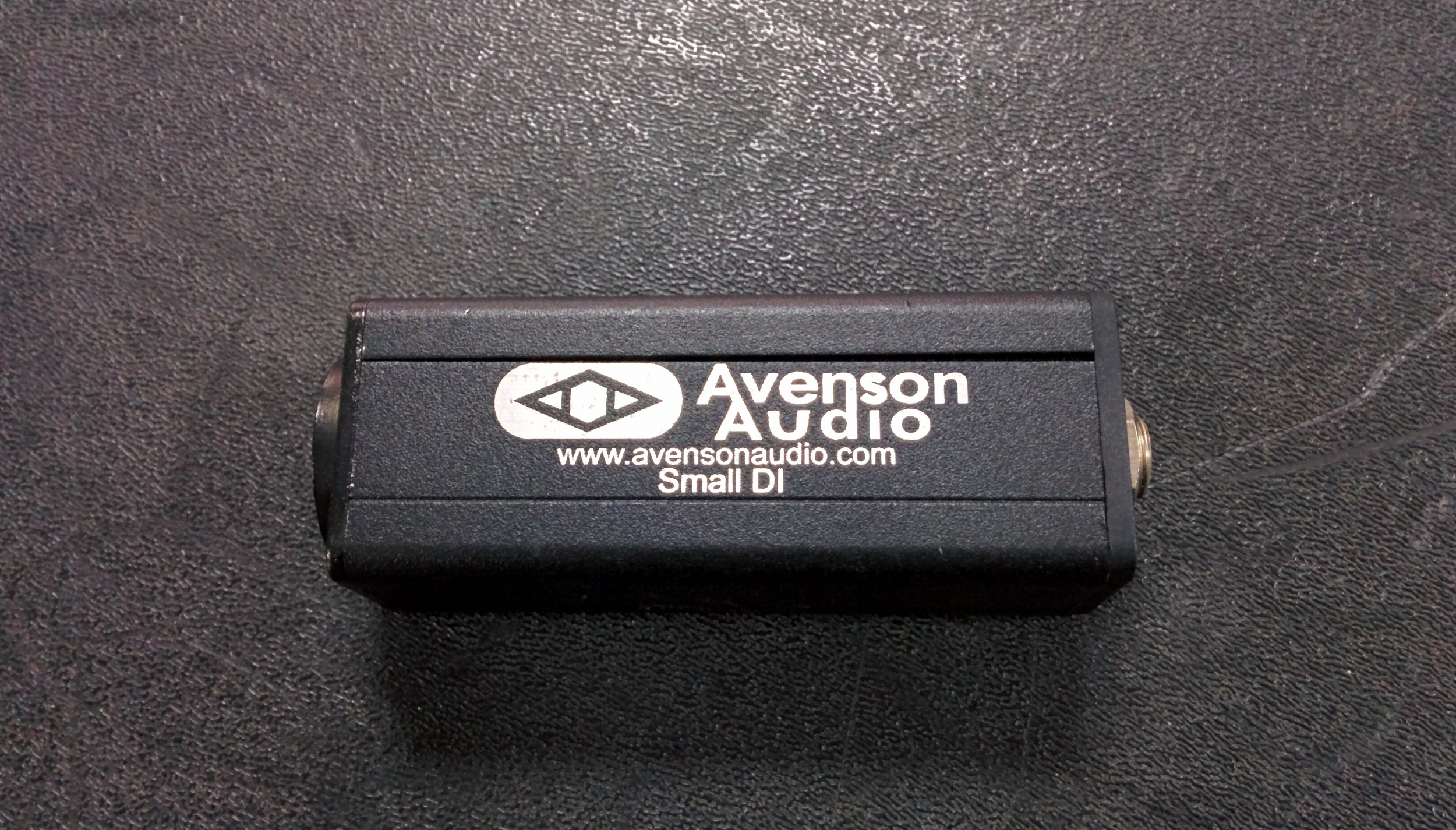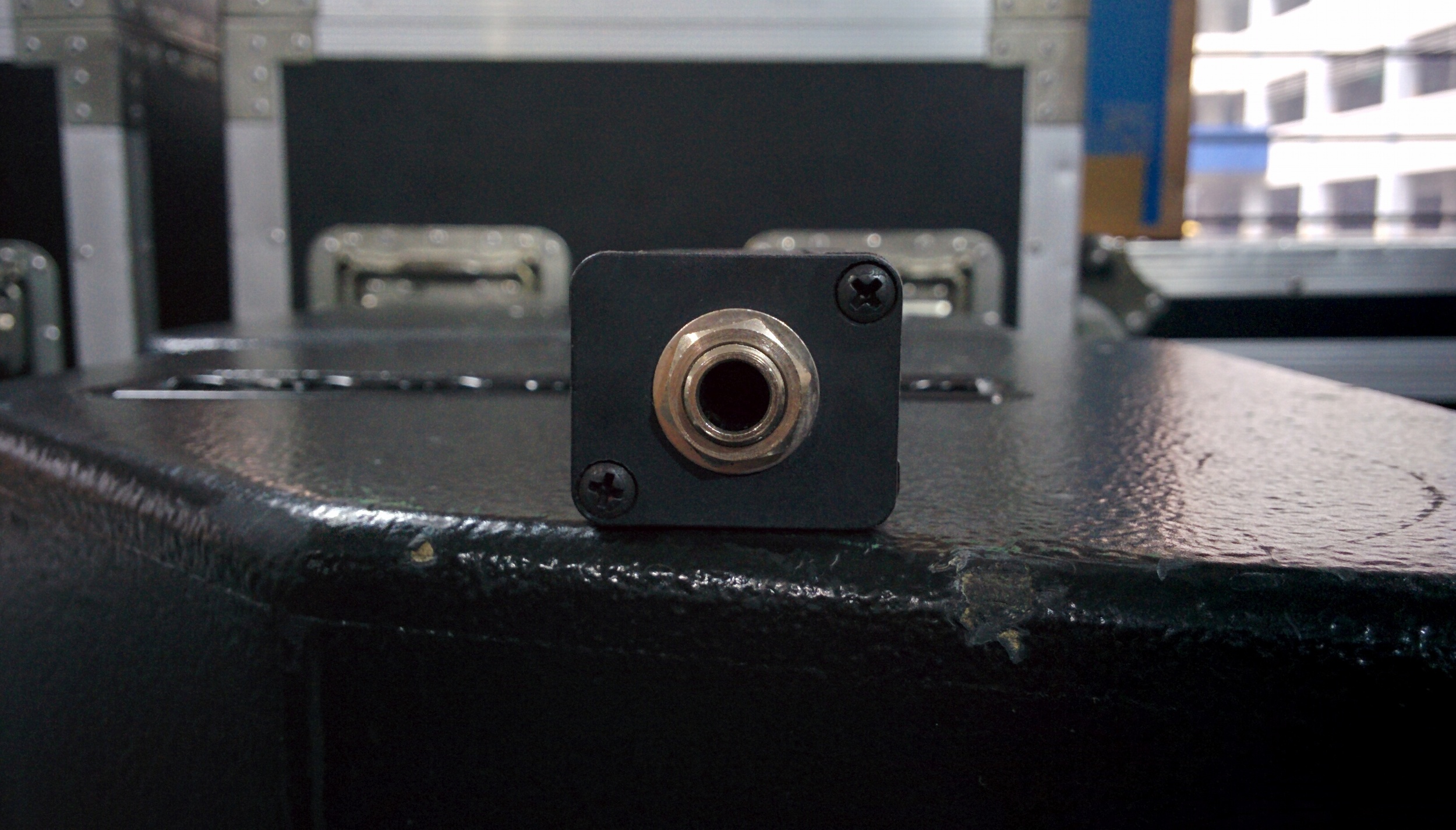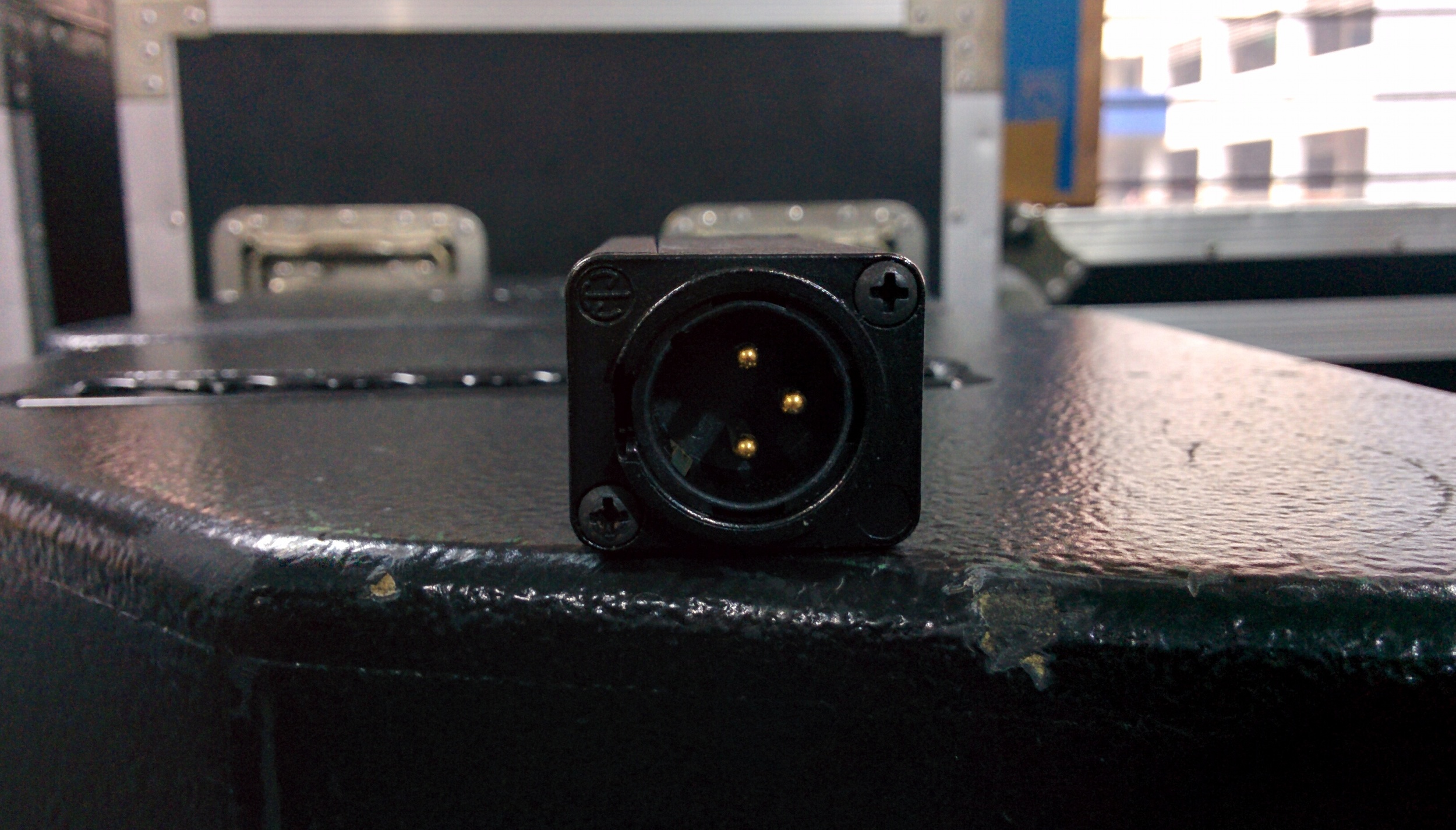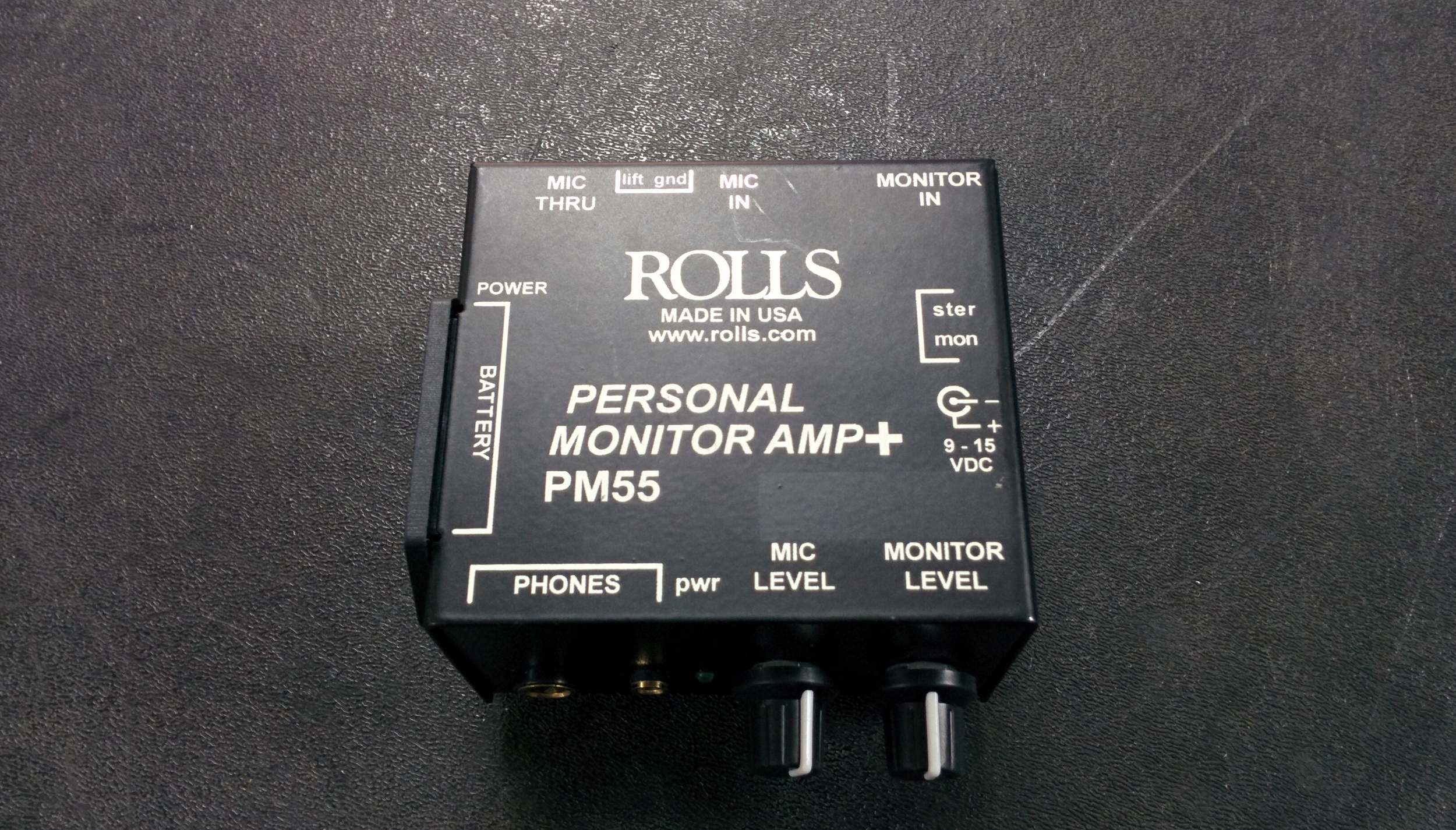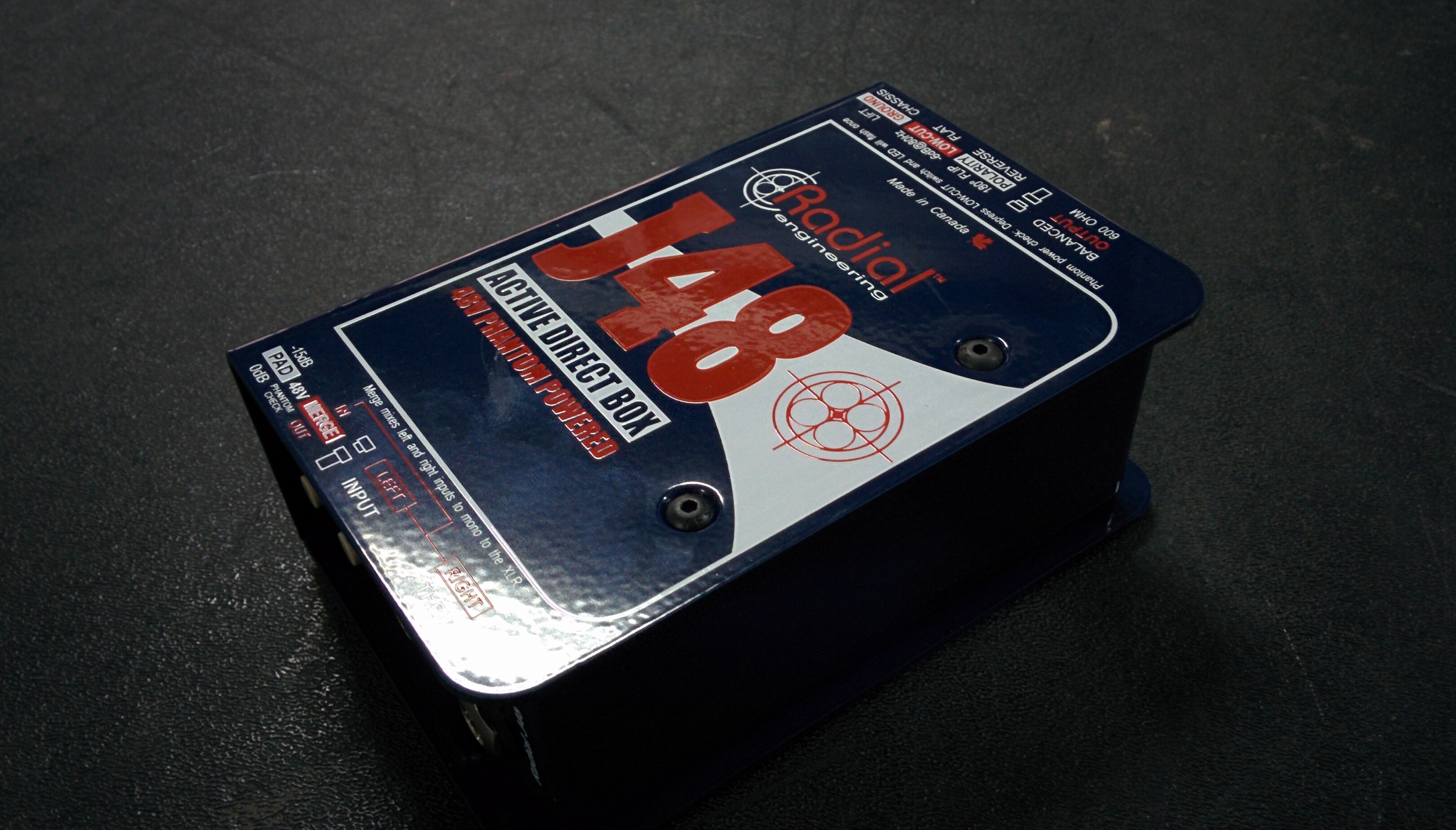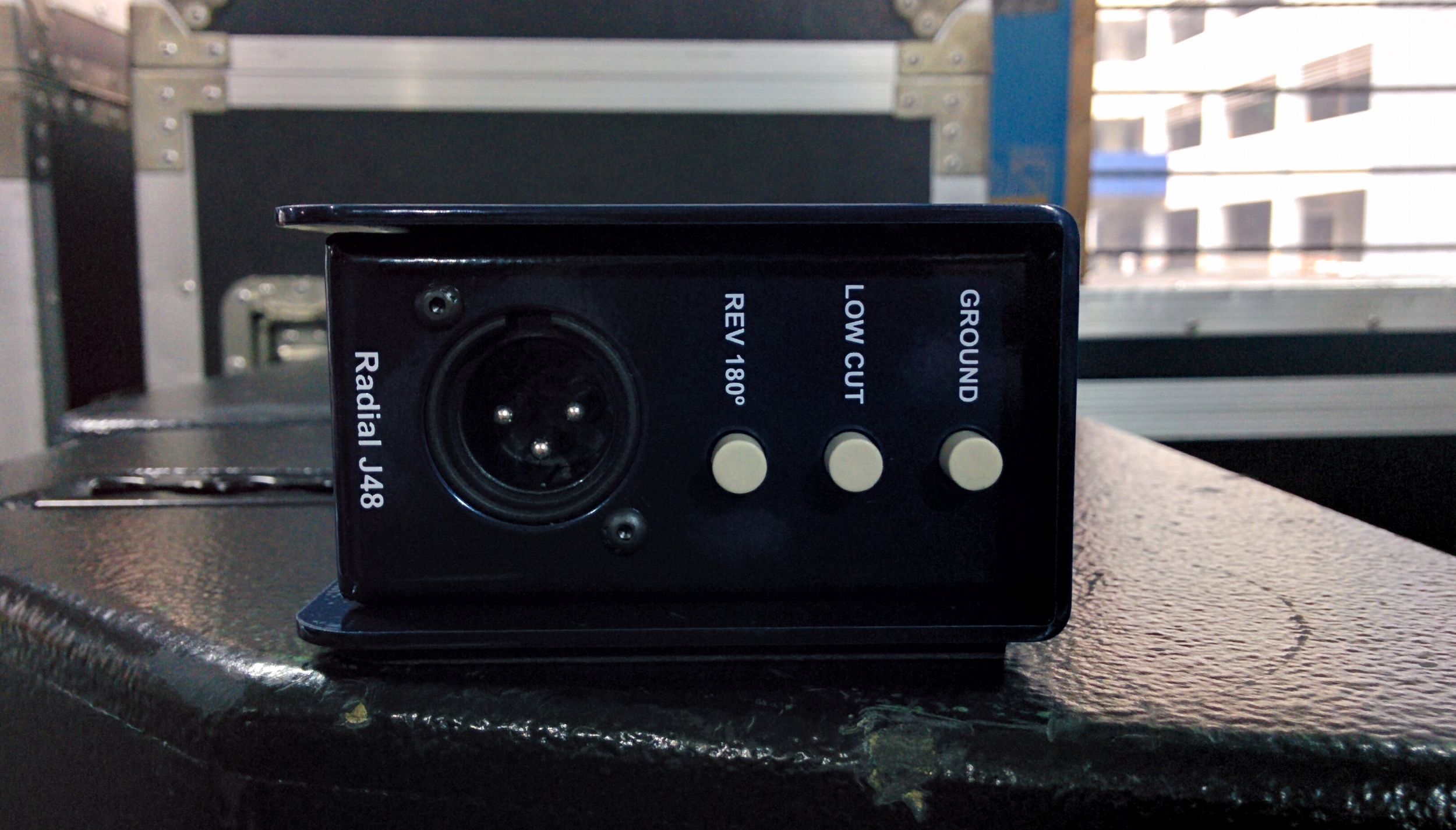When do you need a Direct Injection (DI) box?
In the recent post about Pepperdecks DJOCLATE, I have mentioned that a Direct Injection (DI) box can be used to convert unbalanced to balanced signal. What else can a DI box do? Where and when should a DI box be introduced into a system?
The DI box is an electronic device, typically contains an audio transformer to perform impedance / level matching (if you are interested in this topic, do let me know) either actively or passively. DI boxes can be often spotted in the studio or live sound application where it is used to convert audio signals, minimise signal noise and interference (e.g. ground loops).
Klark Teknik DN100 DI box
DI boxes come in a multitude of varieties and can be categories by either active DI or passive DI, with the latter often the cheaper option. The simplest form of a passive DI box consists of an audio transform that converts an unbalanced signal into balanced signal. Passive units tend to be less versatile than its active counterpart due to its simplicity in design, however, a passive DI is simpler and more reliable (less component) to use.
Avenson Small DI (passive, small footprint and lightweight.)
A less common form of a passive DI consists of a variable resistor, usually used as a volume control and maybe a coupling capacitor used to filter wanted audio signal (AC) from unwanted noise (DC). However, the output of such DI units is not suitable for audio consoles (usually range around 100 – 200 Ω) and are best used with headphones or loudspeakers.
Rolls Headphone Amplifier
Unlike the passive DI, an active DI boxes can be very complicated. For instance, an active DI unit contains a preamplifier, which provides gain (amplification for further processing) for the incoming signals. With the introduction of a preamplifier, most active DI has a higher Signal to Noise Ratio (SNR) than a passive DI (higher signal integrity). However, in order to operate, the unit requires an external power source such as phantom power (e.g. P48) or battery (usually a 9-volt battery).
Radial J48 active DI box
Below are some examples of DI box applications:
Converting high to low impedance. Most consumer devices and musical instruments only provide high impedance output. Thus, a DI box is required to step down the impedance level as the mic/line input most audio consoles or interface does not do support high impedance input. Unless the audio interface provides support high impedance (High-Z) input then a DI box is not required.
Instrument input switch (From Low-Z to Hi-Z), M Audio Profire 2626
Converting unbalanced to balanced signal. In many cases, the locations of the electronic instruments you are recording (e.g. keyboard) exceed the distance for unbalanced signal transmission. A DI box is needed to transform the unbalanced signal (not more than 5m) to balanced signal (more than 70m).
Instrument amplifier applications. It is a common practice for audio engineers to record both the dry (line input) and wet (cabinet sound) of an amplified instrument (e.g. electric guitar). This approach is useful as it provides a "clean" signal (line input) and the unique sound of the guitar cabinet (mic pickup). Some DI box has a pass-through feature where it is paralleled to the input signal, hence, keeping the setup simple and efficient. The cabinet can be connected to the pass-through output while the line input on the audio console can be linked to the DI output (Low-Z).
Input pass-through port on the Radial J48
A good DI box will last for ages and if you are planning to get one, I would suggest getting a ruggedly built unit. Do note that the examples mentioned above are just the tip of the iceberg and you should not just strictly follows the application illustrated above. The key point is to understand the characteristic of a DI box and integrate it when necessary.
YWFU

